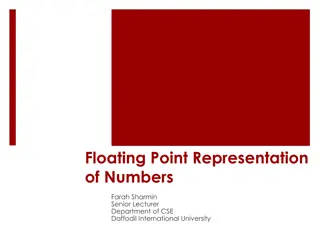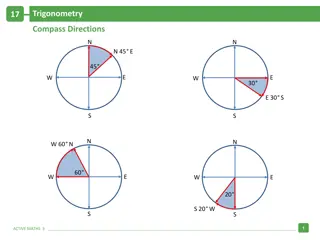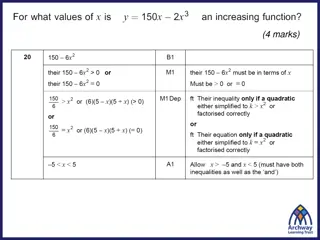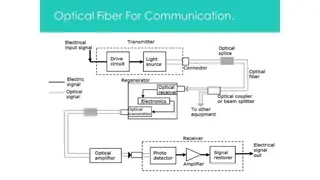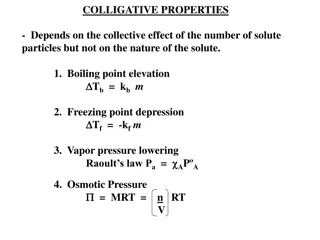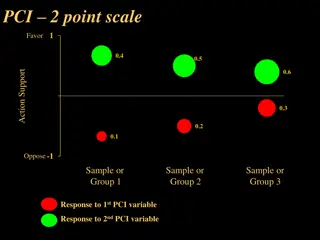
Electronegativity in Chemistry
Explore the concept of electronegativity in chemistry through Pauling's scale, bond polarities, and predicting bond types based on numerical differences. Learn how to compare atoms and bonds using electronegativity. Dive into the continuum of nonpolar, polar, and ionic bonding.
Download Presentation

Please find below an Image/Link to download the presentation.
The content on the website is provided AS IS for your information and personal use only. It may not be sold, licensed, or shared on other websites without obtaining consent from the author. If you encounter any issues during the download, it is possible that the publisher has removed the file from their server.
You are allowed to download the files provided on this website for personal or commercial use, subject to the condition that they are used lawfully. All files are the property of their respective owners.
The content on the website is provided AS IS for your information and personal use only. It may not be sold, licensed, or shared on other websites without obtaining consent from the author.
E N D
Presentation Transcript
Living By Chemistry SECOND EDITION Unit 2: SMELLS Molecular Structure and Properties
Lesson 44: Thinking (Electro)Negatively Electronegativity Scale
ChemCatalyst 1. Explain how the illustration and the table might be related to each other. 2. What patterns do you see in the numbers in the table?
Key Question How can electronegativity be used to compare bonds?
You will be able to: use the electronegativity scale to compare atoms and to compare (calculate) the polarity of different bonds use the electronegativity scale to predict bond dipoles and bond type describe the continuum of nonpolar, polar, and ionic bonding in terms of electronegativity
Prepare for the Activity Work individually.
Discussion Notes In 1932, Linus Pauling created a scale for electronegativity and assigned numerical values for the electronegativities of the elements.
Discussion Notes (cont.) By determining the numerical difference between electronegativities in a bond, you can compare the polarities of bonds. Numerical differences in electronegativity can also help predict the type of bond that will be found. Electronegativity difference Bonding between atoms is on a continuum.
Discussion Notes (cont.) The dividing line between polar covalent bonding and ionic bonding is not clear-cut.
Wrap Up How can electronegativity be used to compare bonds? Electronegativity measures how strongly an atom will attract shared electrons. The greater the difference in electronegativity between two atoms, the more polar the bond will be. In ionic bonding, the electronegativities between two atoms are so different that we can think about the bond as one in which the electron(s) of one atom is (are) completely transferred to the other atom.
Check-In 1. Is the bond in potassium chloride, KCl, nonpolar, polar, or ionic? Explain. 2. To what degree do the K and Cl atoms in KCl, potassium chloride, share electrons?





